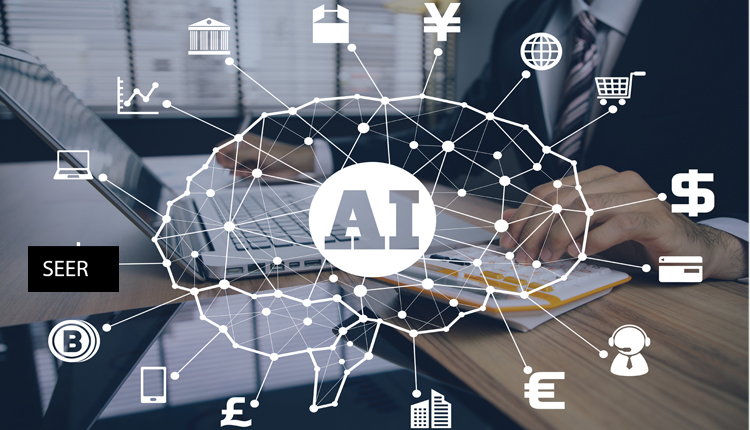Artificial intelligence applications will begin to gain traction in the mainstream in 2023. It is thought to be the year that discussions about technology have become more prevalent among international authorities, ranging from chatbots to generative AI. Let’s examine some of the most important AI data points and predictions for 2023.
The size of the worldwide AI market
The size of the worldwide AI industry was estimated at 136.55 billion USD in 2022, and it is anticipated to increase dramatically over the next several years due to rising investments in AI, digital disruption, and competitive advantages in this quickly expanding economy. The following are a few astounding statistics:
From 2023 to 2030, the size of the global AI market is projected to grow at a CAGR of 37.3%. By 2030, it is anticipated to reach 1,811.8 billion.
AI is predicted to boost the global economy by 15.7 trillion dollars by 2030, surpassing the combined production of China and India today.
China is expected to benefit the most economically from AI, with a 26% increase in GDP predicted for 2030, followed by North America with a 14.5% boost. Together, these gains will equal $10.7 trillion, or over 70% of the global economic impact.
AI’s growth in India
Since AI-powered tools can help with automation, error reduction, and repetitive task assistance, their demand, along with AI systems, is growing in India due to the rapid digitization of all major sectors, including healthcare, financial services, automobiles, and telecommunication. Here are some forecasts that demonstrate India’s potential leadership in artificial intelligence.
The size of the AI market was $680 million in 2022 and is projected to grow at a compound annual growth rate (CAGR) of 33.28% to reach $3.935.5 million by 2028.
India’s spending on AI grew by 109.6% million in 2018 and is projected to reach $11,781 million by 2025 at a 39% compound annual growth rate.
In 2025, AI might boost India’s GDP by around $500 billion.
The growth engines of AI
The development of artificial intelligence (AI) and its global applications has opened up new markets and altered our perceptions of the future. Technological innovations such as chip market solutions, wearable technology, automated medical procedures, and self-driving automobiles have a big impact on market growth.
Healthcare is changing due to AI
AI improves healthcare by supporting diagnosis, therapy, research, medication discovery, and decision-making.
According to a Gartner survey, by the end of 2023, nearly half of US-based healthcare providers anticipate using AI tools like RPA in their healthcare facilities.
At a CAGR of 45.7%, the use of AI in drug research is predicted to surpass $4 billion by 2027.
At a compound annual growth rate (CAGR) of 26.01%, the worldwide RPA market in the healthcare sector is projected to reach $6.2 billion by 2030. In 2022, its previous evaluation came in at $2.9 billion.
The rate at which AI is being adopted globally
The rate at which enterprise AI is being adopted globally has doubled since 2017 and is expanding quickly. It also shows indications of improving in the years to come. Compared to other technologically proficient nations, Indian and Chinese businesses are leading the way in the use of AI, according to an IBM study report.
AI’s effects on the workforce
We have seen firsthand how different AI tools contribute to increased labor productivity. Here are some key data points that illustrate how automation and AI-powered tools will impact job prospects and contribute to higher labor productivity across industries.
According to a McKinsey research, by 2030, artificial intelligence might displace up to 400 million people, or 15% of the world’s employment.
More than 30% of tasks in six out of ten modern occupations are technically automatable and don’t require human participation.
Artificial Intelligence affecting labor productivity
It is anticipated that between 21% and 33% of the world’s workforce would be needed until 2030.
By 2035, labor productivity across 16 industries is predicted to rise by up to 40% thanks to AI-powered solutions. AI is also projected to boost the industrial sector’s GVA by $3.8 trillion by 2035.



